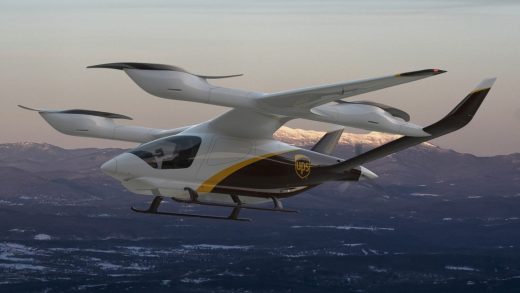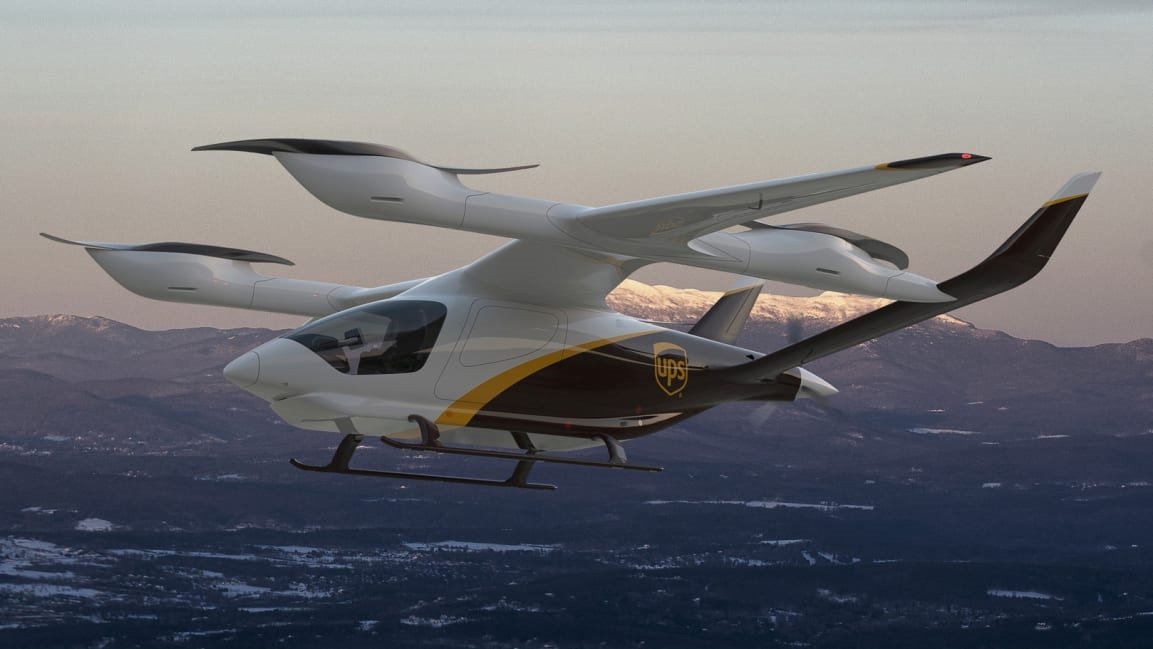Inside UPS’s new plans for flying electric delivery vans
The company announced that it plans to buy new aircraft from Beta Technologies, a startup that makes a vehicle that takes off like a helicopter and then flies as far as 250 miles before recharging. “It’s an airplane that has a different set of skills,” says Beta founder Kyle Clark. “It can take off and land vertically, and it can fly without the dependence on fuel. Therefore it’s much less expensive to fly.”
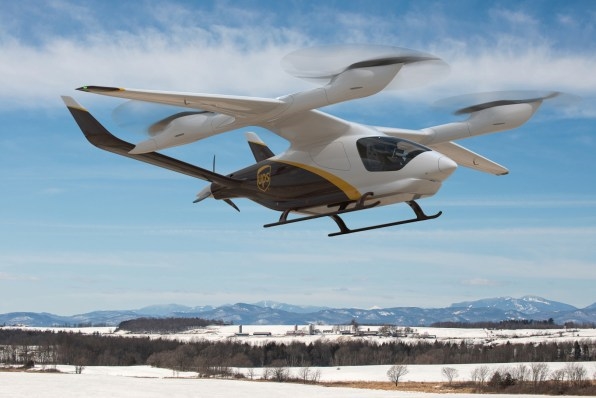
For a company such as UPS, that makes it possible to fly directly from one distribution center to another and bypass the hub, making faster, zero-emissions trips with time-sensitive cargo. When the aircraft arrives, it can land in a relatively small space, begin charging at one of the startup’s charging stations, and be ready to go again in a little less than an hour. “That recharge time needs to be about the same amount of time as it takes for the pilot to do his next flight plan or does his next assignment, unload the packages, and reload the packages,” Clark says. “And by the time you do that the aircraft needs to be ready to go again.”
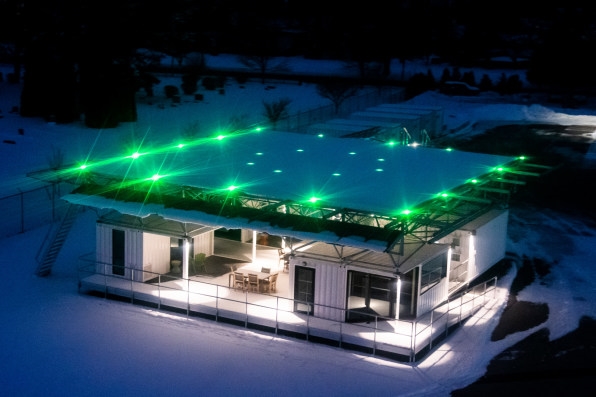
While some other startups are developing vertical takeoff and landing EVs that can serve as flying electric taxis, Beta realized that it would be easier to begin working with freight companies that operate on the outskirts of cities (and that don’t have to overcome the potential reluctance of travelers to use a new form of transportation). Eventually, with approval from regulators, the vehicles can fly autonomously, though they’re likely to begin with pilots on board. The aircraft could also be used in combination with other drones, delivering goods to a distribution hub where smaller drones could then take individual packages to customers.
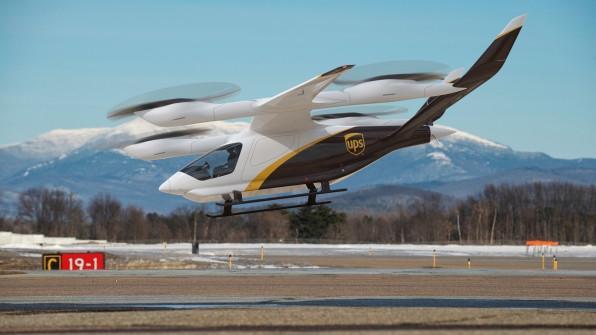
The vehicle, called the Alia-250 eVTOL, can hold around 1,400 pounds of cargo. Because it can only fly a relatively short distance, it’s not going to replace the need for shipping companies to use larger planes. But it’s one way that companies can help reduce their carbon footprints. After more testing, and pending approval of the vehicle from the Federal Aviation Administration, UPS plans to begin using it in 2024.
(22)

